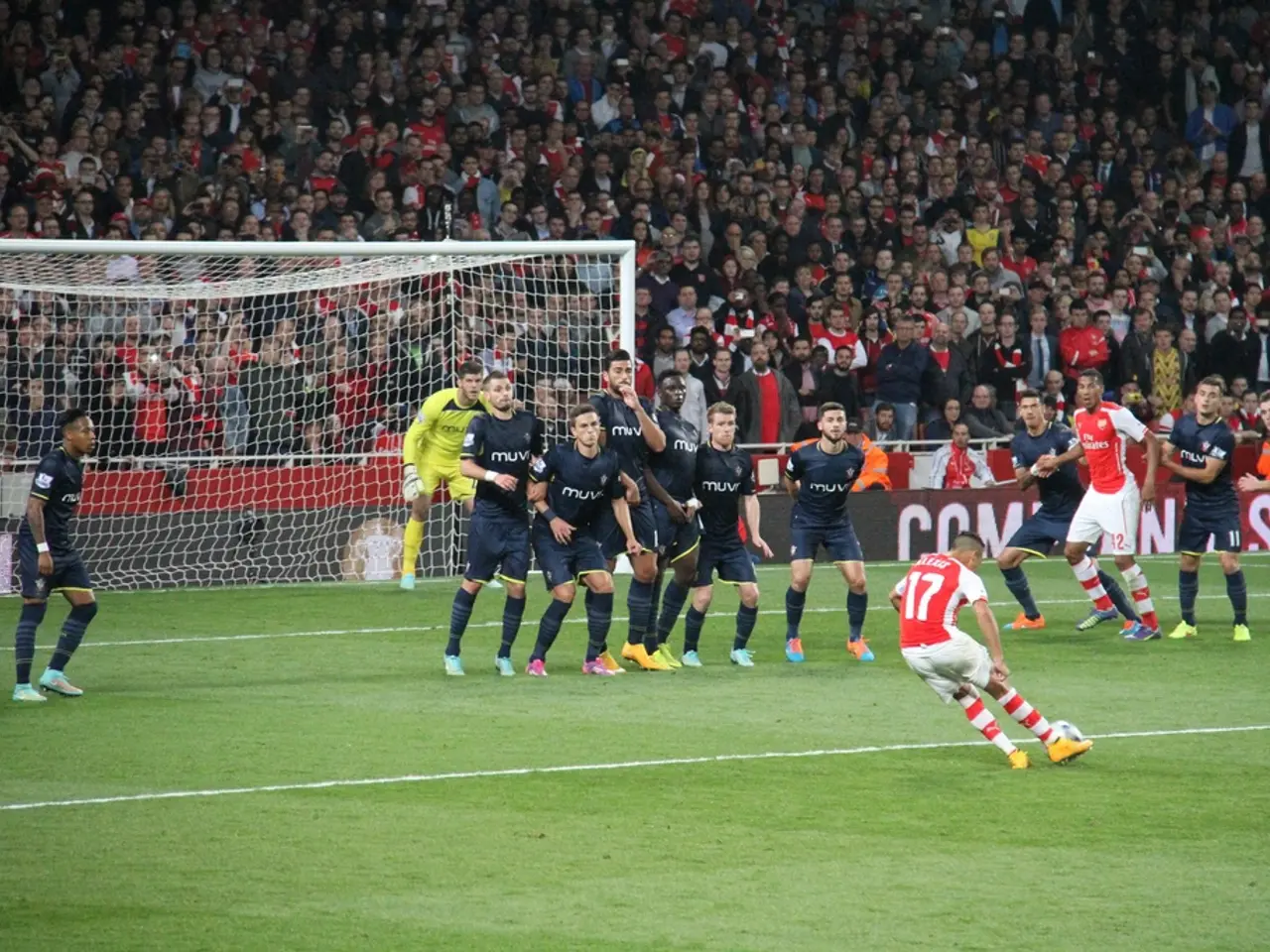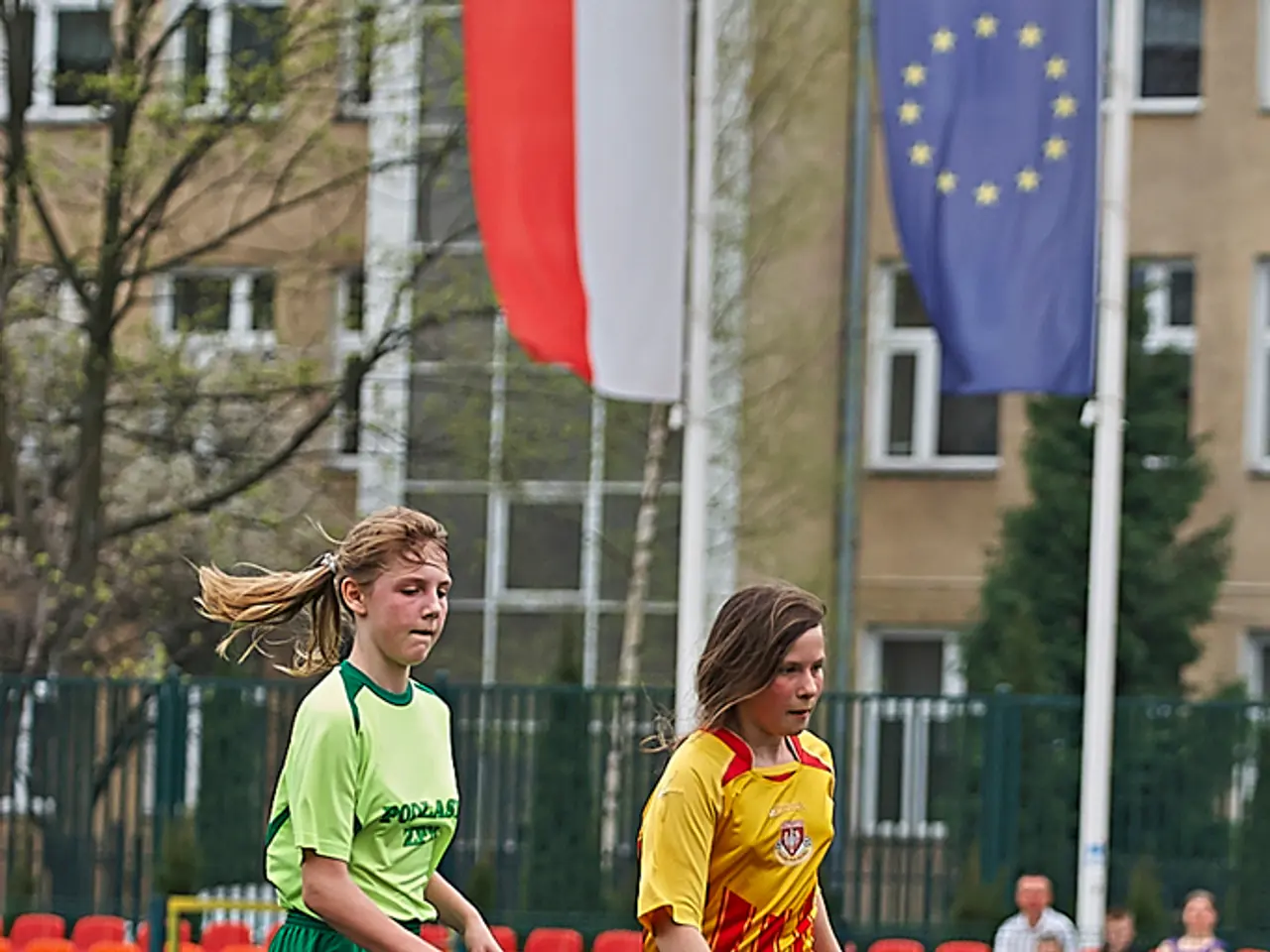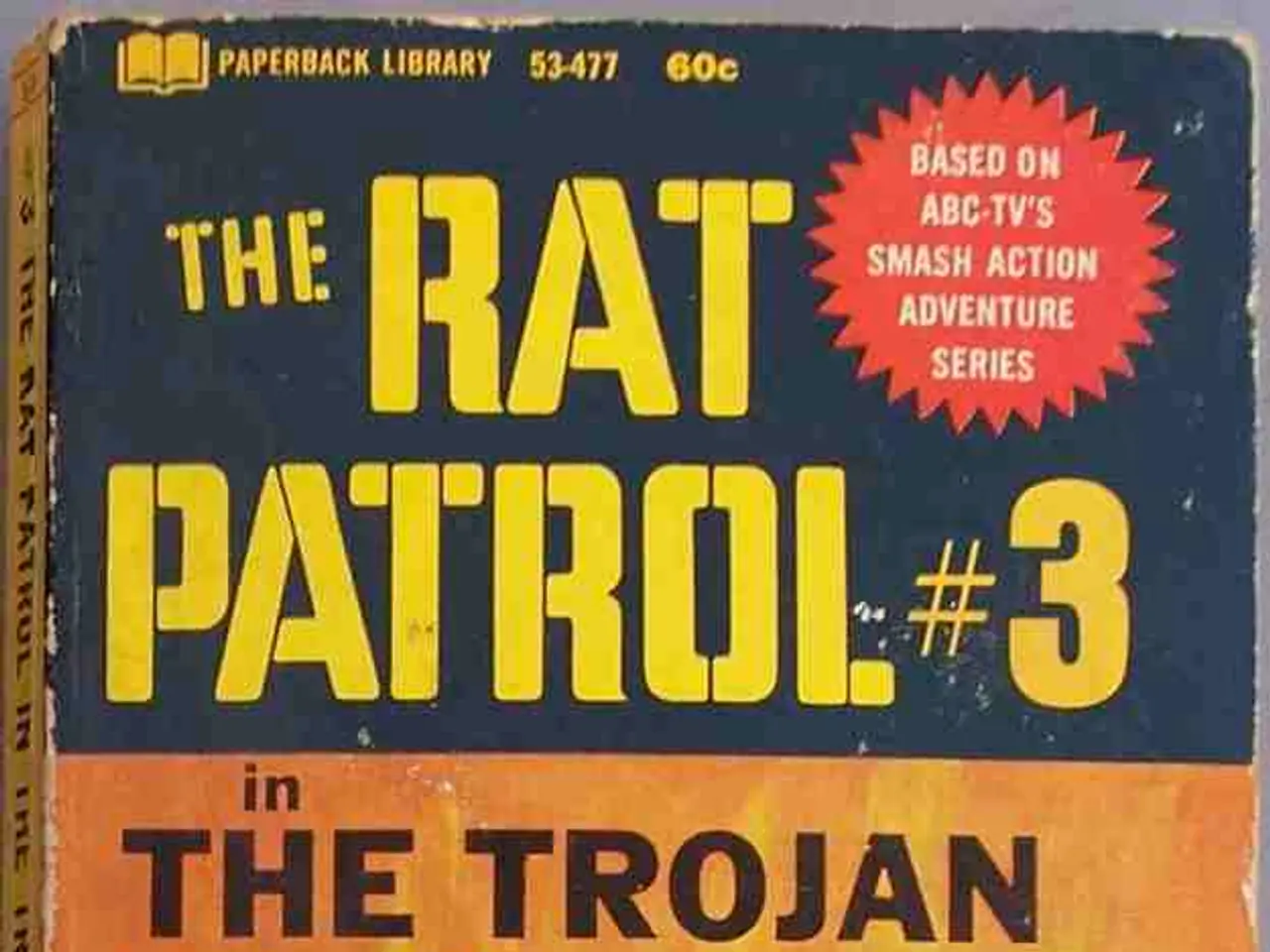Ancient Rivalries on the Court: Insights into the Fierce Games of Mesoamerica
Tracing back over 3,000 years to the Olmecs, the Mesoamerican Ballgame, rigged "Ōllamaliztli" among the Aztecs, was more than just a casual sport - it was a significant cultural rite embedded deep within Mesoamerican societies. This ancient ball game served as a spiritual, political, and social bridge among the Olmecs, Maya, Zapotec, Mixtec, and finally, the Aztecs.
Witnessing the Dawn
Early Stages
The roots of the ball game took shape roughly around 1400 BC, based on archaeological discoveries like the rubber balls found at El Manatí and the stone ballcourt at Paso de la Amada in Mexico. As Mesoamerican cultures thrived, the game spiraled across the region, adapted to suit each civilization's unique cultural context.
Game On
Court and Gear
The ball game was played on an I-shaped court, slashed by two parallel walls, running anything between 60-70 meters in length. The primary gear was a hefty rubber ball, weighing up to 4 kilograms, and players were free to use their hips, thighs, and upper arms for keeping the ball in play.
Playing It
The goal was to keep the ball in motion without utilizing hands or feet. Some variants involved scoring by passing the ball through stone rings affixed high on the court walls, a tactic not always used universally. The game demanded both skill and brute strength, as the hefty rubber ball had the potential to cause severe injuries.
More Than a Game
The Cosmic Dance
Beyond mere sport, the ball game embodied the celestial dance of sun, moon, and stars gliding across the sky. Scholars suggest that the ball's bounces mimicked the agricultural cycle, symbolizing the crops' death and rebirth.
Balls and Beliefs
In many Mesoamerican cultures, the ball game went hand-in-hand with ritual activities, sometimes culminating in human sacrifice. While not every game resulted in bloody endings, significant rituals involving royals or captives did stars to appease the gods and keep cosmic order intact.
The Unwavering Echo
Daily Life's Beat
In everyday life, the ball game was a staple element, acting as a conduit for conflict resolution, physical prowess demonstration, religious expression, and even sport. Often built in central city locations, ball courts emphasized the game's societal importance.
Back to Basics
Mesoamerican art and literature brimmed with ball game references, giving us an intimate glimpse into the game's rules, equipment, and cultural relevance. Depictions can be spotted on pottery, murals, and sculptures, setting the stage for understanding the game's origins.
Evolution's Mementos
With over 1,300 ball courts discovered across Mesoamerica, these sites have uncovered valuable insights into the game's development and regional variations. Significant ball court sites include those at Chichen Itza, El Tajin, and Teotihuacan.
Modern Reverberations
The Ancestral Bounce
In contemporary times, remnants of the ancient ball game live on in traditional versions played across regions of Mexico and Central America, retaining the spirit of this ancient sporting tradition. These modern adaptations prioritize the sport over the ritualistic aspects.
The Living Legacy
The ball game's legacy remains robust, teaching us about the intricacies and connections between Mesoamerican civilizations. The game simultaneously underscores the culture's diversity, complexity, and resilience.
[1] Popol Vuh, a Maya religious text, accounts for the ball game playing an essential role in the Hero Twins' saga.[2] Academic studies reveal the ball game's significance in conflict resolution, political tool, and social status/politics.[3] Research suggests that the ball game unified various Mesoamerican cultures under a shared cultural practice.[4] Physical strength and agility were key requirements for players, making it a test of bravery.[5] Some scholars argue that the ball game symbolized the cosmic struggle between life and death, with the game's rise and fall echoing the agricultural cycle.
The evolution of the Mesoamerican Ballgame, rooted in 1400 BC, wasn't confined to a simple sporting event. It mirrored American history, adapting to each civilization's cultural context, much like how American history has been shaped by the diverse heritage of its people.
Furthermore, the game's spiritual and social significance extended beyond Mesoamerican societies. Similar to the influence of sports in American culture, the ball game served as a bridge, uniting various cultures under a shared cultural practice.






